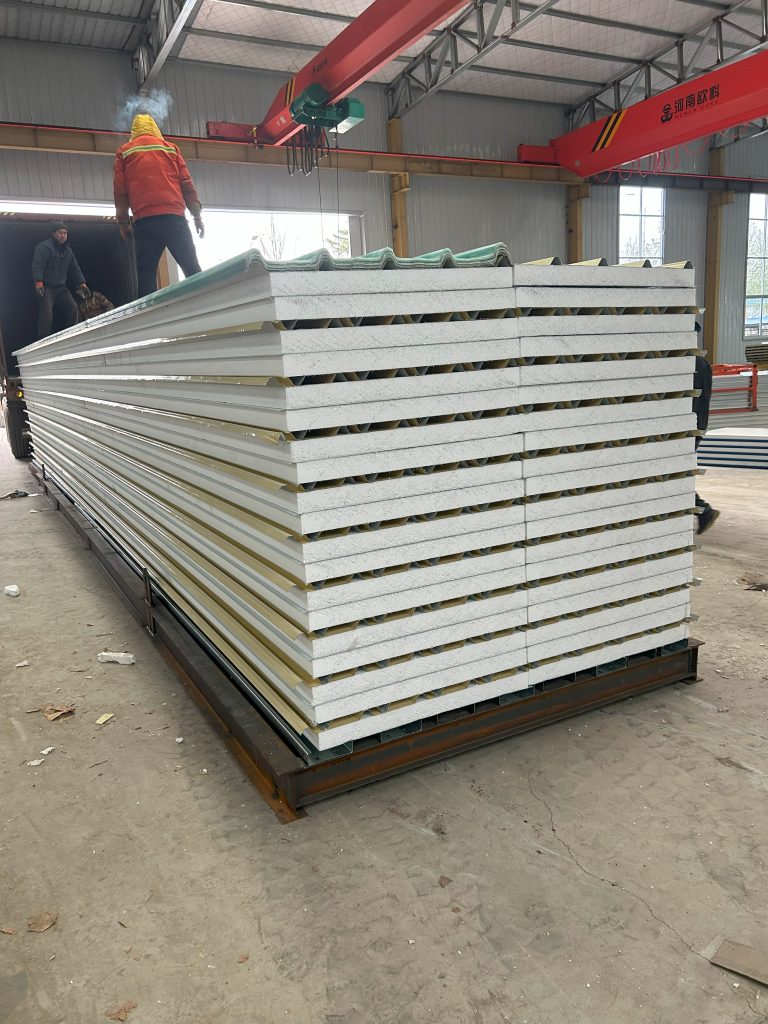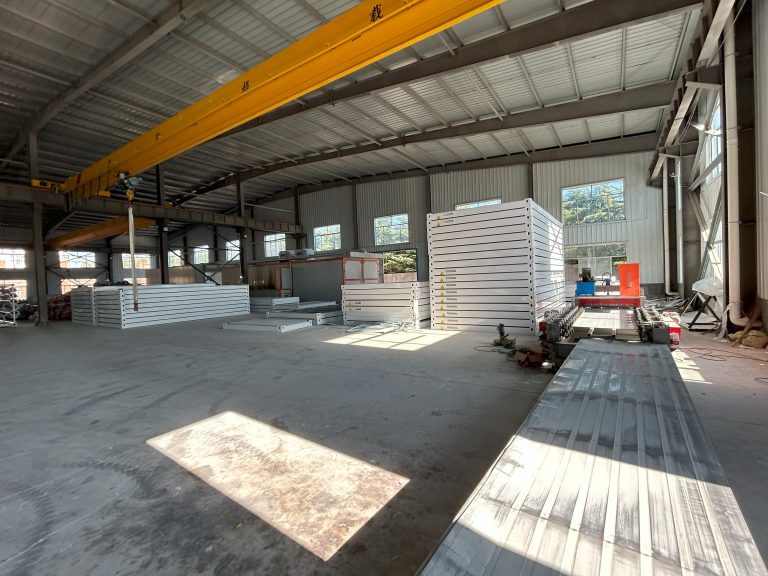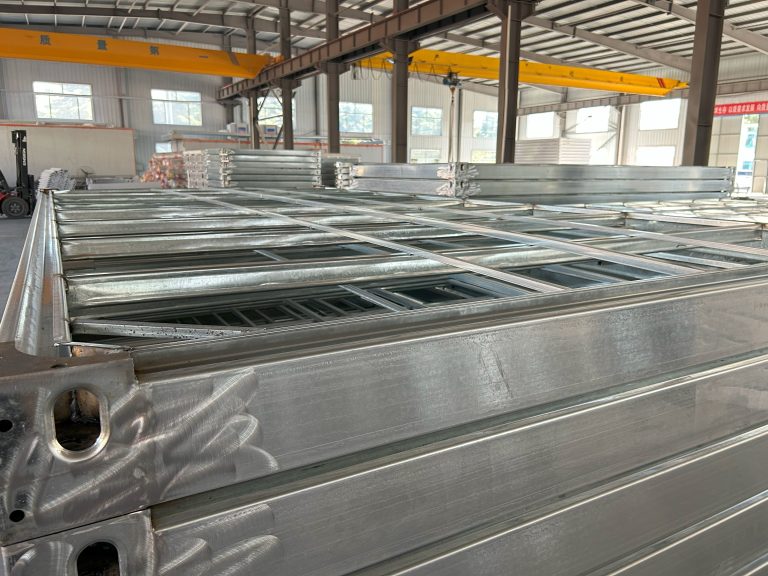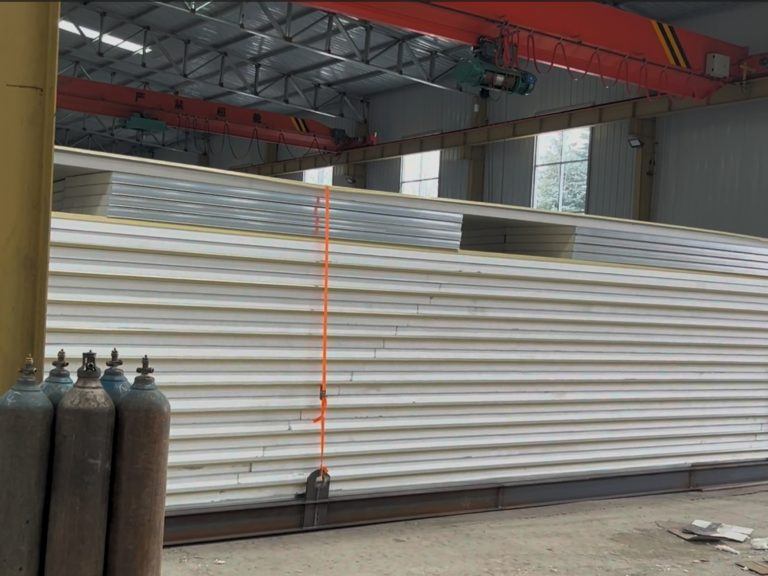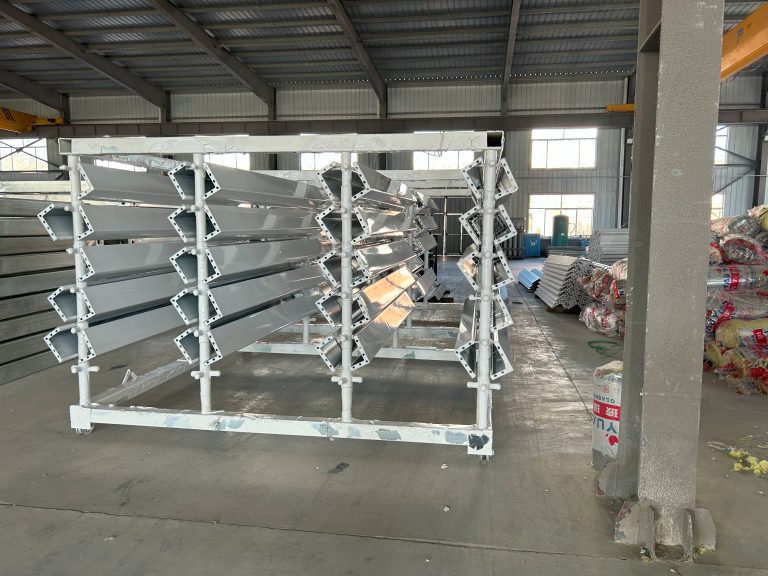Container kindergarten: a happy place for children.
Table of Contents
Benefits of Container Kindergarten for Child Development
Container kindergartens are becoming increasingly popular as a cost-effective and sustainable solution for providing early childhood education. These innovative learning spaces are created by repurposing shipping containers into fully functional classrooms, complete with all the necessary amenities for young children. While some may question the suitability of such unconventional structures for educating young minds, the benefits of container kindergartens for child development are numerous and significant.
One of the key advantages of container kindergartens is their flexibility and adaptability. These modular structures can be easily customized to suit the specific needs of the children and the curriculum. Teachers can create different learning zones within the container, such as a reading corner, a sensory play area, and a quiet space for naptime. This flexibility allows for a more personalized and engaging learning environment, which can enhance children’s cognitive and social development.
In addition to their adaptability, container kindergartens also offer a unique and stimulating learning environment for children. The use of recycled materials and the industrial aesthetic of the containers can spark children’s creativity and imagination. The unconventional design of these classrooms can inspire children to think outside the box and explore new ideas and concepts. This can help foster a love for learning and a sense of curiosity that will benefit them throughout their academic journey.
Furthermore, container kindergartens promote sustainability and environmental awareness among young children. By repurposing shipping containers, these learning spaces demonstrate the importance of recycling and reducing waste. Children can learn about the environmental impact of their actions and develop a sense of responsibility towards the planet. This early exposure to sustainability can instill lifelong habits of conservation and eco-consciousness, which are essential for creating a more sustainable future.
Another significant benefit of container kindergartens is their cost-effectiveness. Building and maintaining traditional brick-and-mortar schools can be prohibitively expensive, especially in underserved communities. Container kindergartens offer a more affordable alternative that still provides a safe and comfortable learning environment for children. This cost savings can be reinvested into educational resources and programs, ensuring that children receive a high-quality education regardless of their socioeconomic background.
Moreover, container kindergartens can help address the issue of overcrowding in urban areas. As populations continue to grow, there is an increasing demand for educational facilities that can accommodate more students. Container kindergartens can be easily transported and assembled in densely populated areas, providing much-needed classroom space for children. This can help reduce class sizes and improve the quality of education for all students.
In conclusion, container kindergartens offer a range of benefits for child development, including flexibility, creativity, sustainability, cost-effectiveness, and space efficiency. These innovative learning spaces provide a unique and engaging environment for children to learn and grow, while also promoting important values such as environmental awareness and responsibility. As the demand for early childhood education continues to rise, container kindergartens represent a promising solution for providing high-quality education to all children, regardless of their circumstances.
Designing a Container Kindergarten: Tips and Ideas
Container kindergartens are becoming increasingly popular as a cost-effective and sustainable solution for providing early childhood education. These innovative learning spaces are created by repurposing shipping containers, offering a unique and creative environment for young children to learn and play. In this article, we will explore some tips and ideas for designing a container kindergarten that is both functional and engaging for children.
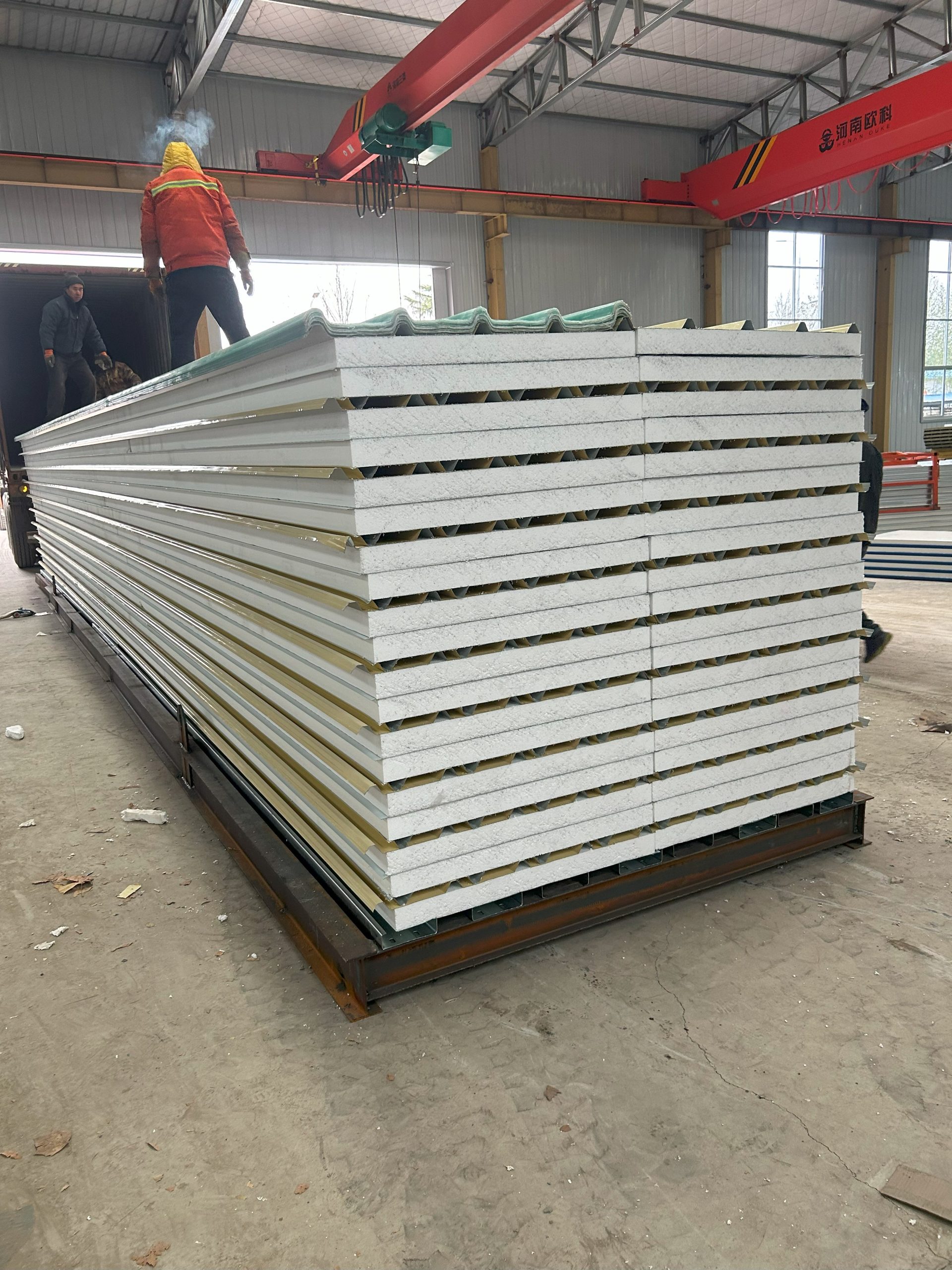
When designing a container kindergarten, it is important to consider the layout and flow of the space. Containers can be stacked or arranged in various configurations to create different areas for learning and play. It is essential to maximize the use of space while also ensuring that there is enough room for children to move around comfortably. Creating separate zones for different activities, such as reading, art, and sensory play, can help to keep the space organized and engaging for children.
Incorporating natural light and ventilation is crucial in creating a healthy and stimulating environment for children. Large windows and skylights can help to bring in natural light, while vents and fans can help to circulate fresh air throughout the space. It is also important to consider the insulation and climate control of the container to ensure that it is comfortable for children year-round.
When it comes to decorating a container kindergarten, the possibilities are endless. Bright colors, playful patterns, and interactive elements can help to create a fun and inviting atmosphere for children. Consider using non-toxic paints and materials to ensure the safety of the children. Wall murals, interactive displays, and themed areas can help to spark children’s imagination and creativity.
Furniture and equipment are essential components of a container kindergarten. It is important to choose child-sized furniture that is durable, safe, and easy to clean. Consider incorporating multifunctional pieces, such as storage benches or tables with built-in storage, to maximize the use of space. Play equipment, such as climbing structures, slides, and sandboxes, can help to promote physical activity and gross motor skills development.
Incorporating green spaces and outdoor play areas is also important in designing a container kindergarten. Containers can be placed in a courtyard or garden to create a safe and secure outdoor play space for children. Consider adding planters, trees, and grassy areas to create a natural and calming environment for children to explore and play.
Safety is a top priority when designing a container kindergarten. It is important to ensure that the space meets all building codes and safety regulations. Install childproof locks on doors and windows, cover sharp edges and corners, and secure furniture and equipment to prevent accidents. Regular maintenance and inspections are also essential to ensure the safety and well-being of the children.
In conclusion, designing a container kindergarten requires careful planning and consideration of various factors, such as layout, natural light, ventilation, decoration, furniture, outdoor play areas, and safety. By creating a functional, engaging, and safe environment for children, container kindergartens can provide a happy and inspiring place for young learners to grow and thrive.

